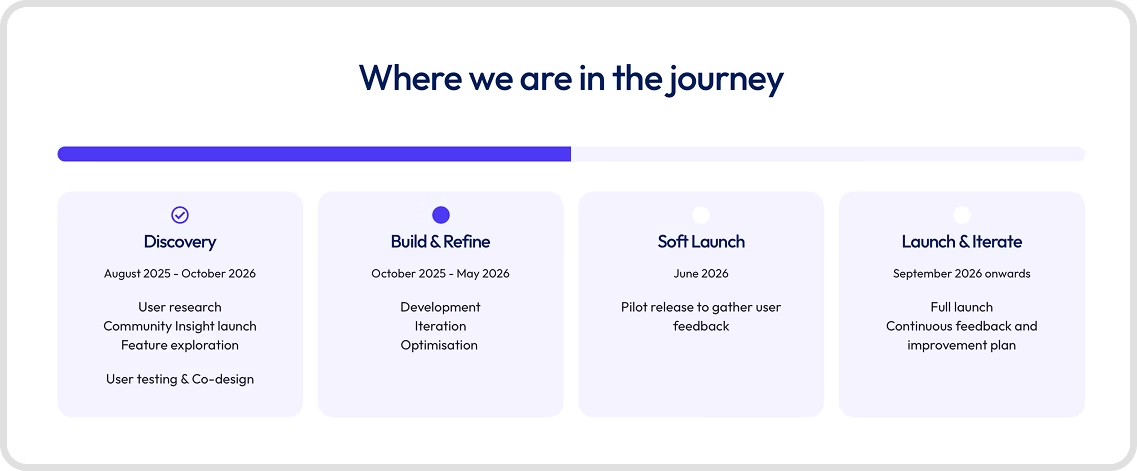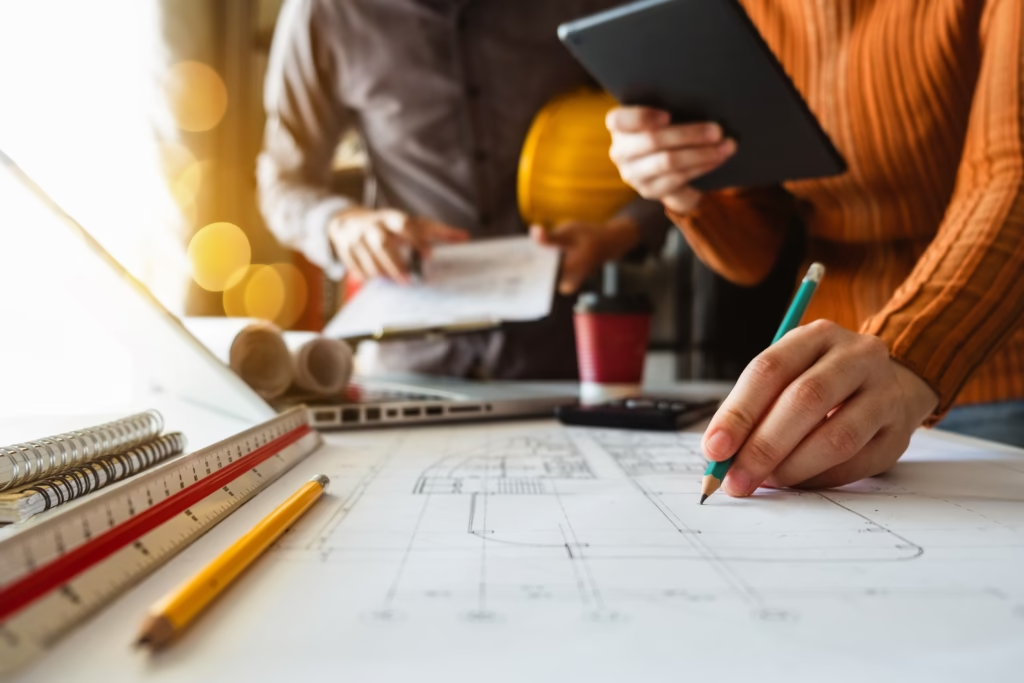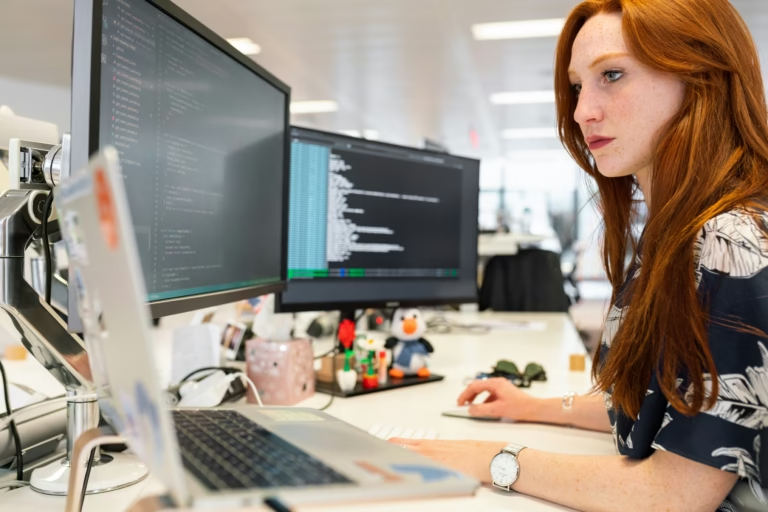Hi John, can you give us an overview of the REC Portal Relaunch programme and its objectives?
Absolutely. The REC Portal Relaunch Programme aims to transform how the industry interacts with the Retail Energy Code (REC). The current portal has served us well over the past five years, but it’s time for a renewed, modern, intuitive, and connected platform that reflects how people work today.
The programme kicked off earlier this summer with a clear purpose: to design a portal that’s not just functional, but genuinely helpful. One that makes information easier to find, supports collaboration, and helps REC Party users navigate the code with confidence.
We knew from the start that this couldn’t be designed in isolation, so we created a Community User Group, bringing together a cross-section of industry participants to guide the process for a result that works for everyone. That collaboration formed the backbone of the discovery phase.
The discovery phase has just wrapped up. What did it achieve?
Discovery was all about listening and understanding. By laying solid foundations, we now have a strong basement level for future construction in the build and refine phase.
We stepped back and asked: What do users really need from the REC Portal today? What frustrates them, what helps them, and how can it best meet future needs?
We kicked off with user research, feature exploration, and co-design workshops with our Digital Services Partner, Capgemini, guided by our Community User Group. Those sessions laid the groundwork for what comes next… a REC Portal designed with users, not just for them.
It’s a strong example of RECCo’s transparency value in action, showing how we’re open about what we do, why we do it, and how stakeholder input shapes our decisions.
You ran four Community User Group workshops. What did you learn from that stakeholder engagement?
The sessions were brilliant. A diverse group of voluntary users. This allowed different people to share their practical insights, from energy suppliers to existing REC Service Providers.
The consistency of the feedback really stood out. We learned that people want clarity, more straightforward navigation, improved search functionality, and more intuitive ways to interact with the REC and its supporting materials.
But it wasn’t just about identifying problems. It was about co-designing solutions. We used those workshops to test ideas, sketch early concepts, and sense-check what “good” looks like for different users.
In doing so, we’ve exercised RECCo’s impact value, putting in practice purposeful change that delivers real results for the people who use the portal every day.
Collaboration’s clearly been key. How’s our partnership with Capgemini supporting that approach?
Capgemini bring technical expertise and design thinking, but more importantly, they share our commitment to user-led design and open collaboration.
We worked as one team throughout the discovery phase, running joint workshops, reviewing feedback together, and adapting quickly in response to the valuable feedback we received from users. It’s a real example of partnering for progress: We set the vision, Capgemini provides the engineering capability, and stakeholders shape the user experience.
In doing so, we’re demonstrating RECCo’s courage value by questioning assumptions, challenging respectfully, and making evidence-based decisions to create a simpler user experience.
Now that discovery is complete, what’s next in the build and refine phase?
This is where ideas become reality. Over the next eight months (October 2025 to May 2026), we’ll build and refine our approach based on everything we learned during the discovery phase.
That means turning prototypes into functioning features, optimising performance, and keeping that same loop of feedback open through continued engagement.
We’re also preparing for a soft launch in June 2026, so users can start testing the new portal ahead of the full rollout in September 2026.
In short, we’re keeping that momentum. The collaboration hasn’t stopped since the discovery phase. If anything, it will deepen as we move towards delivery.

And what’s been your biggest takeaway so far?
That real progress comes from shared ownership. Discovery demonstrated the power of bringing stakeholders into the design process early. It built trust, sharpened focus, and will deliver a better outcome for all.
The REC Portal Relaunch isn’t just a project milestone. It’s a fundamental shift in how we work. We’re building a culture of co-design, collaboration, and continuous improvement. That’s what will define our next chapter as we move into our new role as licence holder for the Retail Energy Code.
Find out more?
- Visit the Community User Group page for the REC Portal Relaunch
- Sign up to the Community User Group here to join our showcase sessions.
- Watch the REC Portal Relaunch Community discovery sessions: 2 September, 9 September, 25 September, 7 October 2025
- Watch the REC Portal Relaunch Community kick-off session and download the presentation








